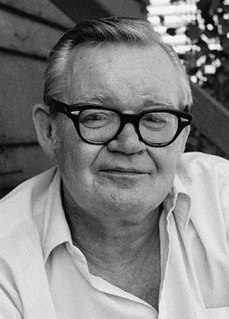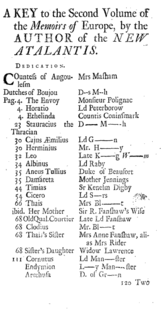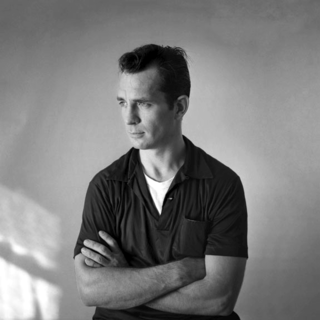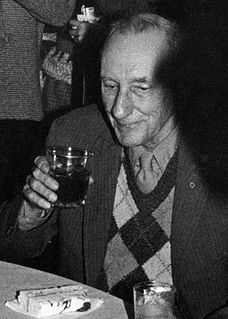
Beatnik was a media stereotype prevalent throughout the 1950s to mid-1960s that displayed the more superficial aspects of the Beat Generation literary movement of the 1950s. Elements of the beatnik trope included pseudo-intellectualism, drug use, and a cartoonish depiction of real-life people along with the spiritual quest of Jack Kerouac's autobiographical fiction.
The Beat Generation was a literary movement started by a group of authors whose work explored and influenced American culture and politics in the post-war era. The bulk of their work was published and popularized throughout the 1950s. The central elements of Beat culture are the rejection of standard narrative values, making a spiritual quest, the exploration of American and Eastern religions, the rejection of materialism, explicit portrayals of the human condition, experimentation with psychedelic drugs, and sexual liberation and exploration.

"Howl", also known as "Howl for Carl Solomon", is a poem written by Allen Ginsberg in 1954–1955 and published in his 1956 collection Howl and Other Poems. The poem is dedicated to Carl Solomon.

Naked Lunch is a novel by American writer William S. Burroughs, originally published in 1959. The book is structured as a series of loosely connected vignettes. Burroughs stated that the chapters are intended to be read in any order. The reader follows the narration of junkie William Lee, who takes on various aliases, from the U.S. to Mexico, eventually to Tangier and the dreamlike Interzone.

On the Road is a novel by American writer Jack Kerouac, based on the travels of Kerouac and his friends across the United States. It is considered a defining work of the postwar Beat and Counterculture generations, with its protagonists living life against a backdrop of jazz, poetry, and drug use. The novel, published in 1957, is a roman à clef, with many key figures of the Beat movement, such as William S. Burroughs, Allen Ginsberg and Neal Cassady represented by characters in the book, including Kerouac himself as the narrator Sal Paradise.

Visions of Cody is an experimental novel by Jack Kerouac. It was written in 1951–1952, and though not published in its entirety until 1972, it had by then achieved an underground reputation. Since its first printing, Visions of Cody has been published with an introduction by Beat poet Allen Ginsberg titled "The Visions of the Great Rememberer."
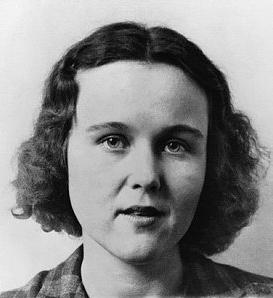
Joan Vollmer was the most prominent female member of the early Beat Generation circle. While a student at Barnard College, she became the roommate of Edie Parker. Their apartment became a gathering place for the Beats during the 1940s, where Vollmer was often at the center of marathon, all night discussions. In 1946, she began a relationship with William S. Burroughs, later becoming his common-law wife. In 1951, Burroughs killed Vollmer in what he first admitted to and shortly thereafter denied as a drunken attempt at playing William Tell.

Herbert Edwin Huncke was an American writer and poet, and active participant in a number of emerging cultural, social and aesthetic movements of the 20th century in America. He was a member of the Beat Generation and is reputed to have coined the term.
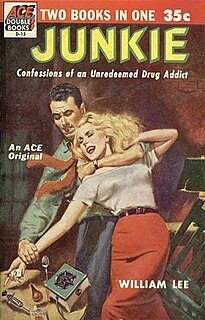
Junkie: Confessions of an Unredeemed Drug Addict is a novel by American beat generation writer William S. Burroughs, published initially under the pseudonym William Lee in 1953. His first published work, it is semi-autobiographical and focuses on Burroughs' life as a drug user and dealer. It has come to be considered a seminal text on the lifestyle of heroin addicts in the early 1950s.

The Town and the City is a novel by Jack Kerouac, published by Harcourt Brace in 1950. This was the first major work published by Kerouac, who later became famous for his second novel On the Road (1957). Like all of Jack Kerouac's major works, The Town and the City is essentially an autobiographical novel, though less directly so than most of his other works. The Town and the City was written in a conventional manner over a period of years, and much more novelistic license was taken with this work than after Kerouac's adoption of quickly written "spontaneous prose". The Town and the City was written before Kerouac had developed his own style, and it is heavily influenced by Thomas Wolfe.

Joyce Johnson is an American author of fiction and nonfiction who won a National Book Critics Circle Award for her memoir Minor Characters about her relationship with Jack Kerouac.
Carolyn Elizabeth Robinson Cassady was an American writer and associated with the Beat Generation through her marriage to Neal Cassady and her friendships with Jack Kerouac, Allen Ginsberg, and other prominent Beat figures. She became a frequent character in the works of Jack Kerouac.

Dog Soldiers is a novel by Robert Stone, published by Houghton Mifflin in 1974. The story features American journalist John Converse, a Vietnam correspondent during the war, Merchant Marine sailor Ray Hicks, Converse's wife Marge, and their involvement in a heroin deal gone bad. It shared the 1975 U.S. National Book Award for Fiction with The Hair of Harold Roux by Thomas Williams. Dog Soldiers was named by TIME magazine one of the 100 best English-language novels, 1923 to 2005.
Richard William McBride was an American beat poet, playwright and novelist. He worked at City Lights Booksellers & Publishers from 1954 to 1969.

Ed Piskor is an alternative comics artist operating out of Pittsburgh, Pennsylvania. He is a former student of The Kubert School and is best known for his artistic collaborations with underground comics pioneers Harvey Pekar of American Splendor fame, and Jay Lynch who illustrates Garbage Pail Kids. He has a cult following amongst minicomic fans with his series Deviant Funnies and Isolation Chamber.
